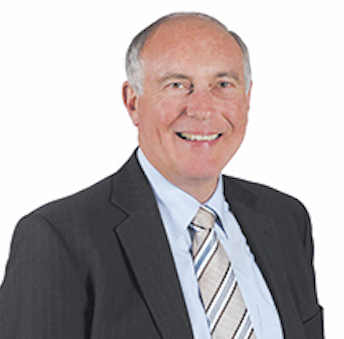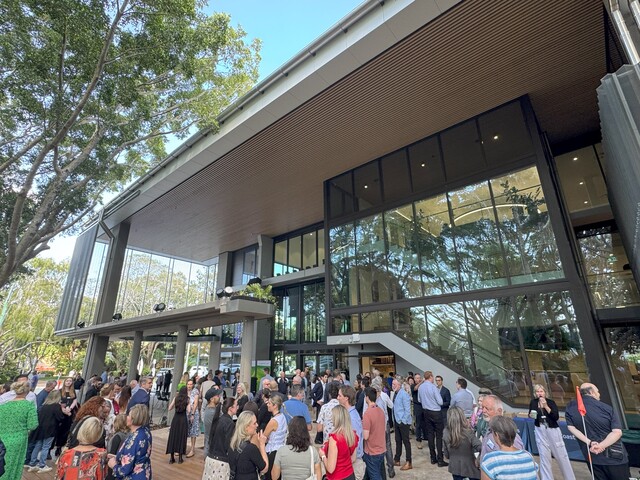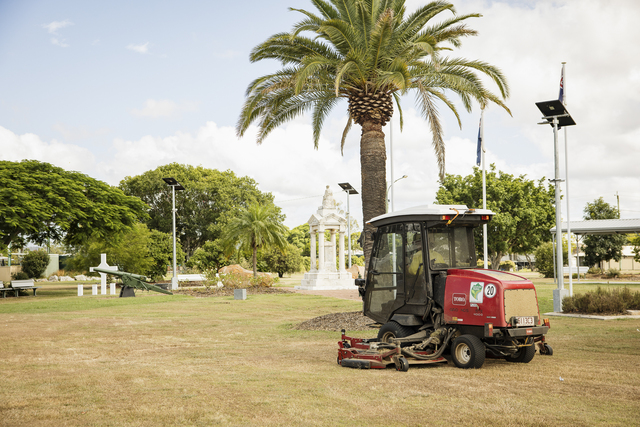Australian councils will receive an extra $1.105 billion for local road works over the next two years following the reintroduction of the Consumer Price Index-linked fuel excise.
Deputy Prime Minister and Minister for Infrastructure and Regional Development Warren Truss said every cent of the extra $23 billion revenue raised through the excise over the next decade and beyond will be invested in roads infrastructure.
“The Government has reached agreement with the Labor Party for the passage of the fuel excise indexation legislation, an important element in our Budget repair plan.
“This popular roads programme was introduced by the Howard/Anderson Government.
“Since coming to government, we have expanded it and made it permanent to give local government and their communities the surety they need that local roads will be future-proofed.
“What today’s decision means is that local governments across Australia will receive an extra $300 million in 2015-16 under Roads to Recovery, on top of the $700 million they are already receiving, a $1 billion cash injection in local roads over the next 12 months.
“In 2016-17, local government will receive an extra $805 million in addition to the $350 million they were already scheduled to receive under Roads to Recovery, $1.155 billion next financial year.
Municipal Association of Victoria (MAV) President Councillor Bill McArthur welcomed the Federal Government’s decision.
“Victorian councils are expected to receive an extra $61.1 million in 2015-16 and an extra $163.9 million in 2016-17.
“This is on top of the government’s announcement that it will double R2R funding in 2015-16.”
“The MAV and councils have been calling for increased and ongoing funding for local rural roads, in particular through last year’s Funding Regional Communities campaign.
“This announcement is a great win for local communities given well maintained roads and bridges are critical to the social and economic development of our communities, and to the productivity of our regions and the state.
“The MAV is committed to continuing to advocate for R2R funding to become a permanent program, indexed in line with cost increases to address funding shortfalls facing local roads.”
The extra $1.105 billion being pumped into Roads to Recovery will be paid to councils under the usual formula as part of their regular quarterly payments without any requirement for councils to match the extra money.








